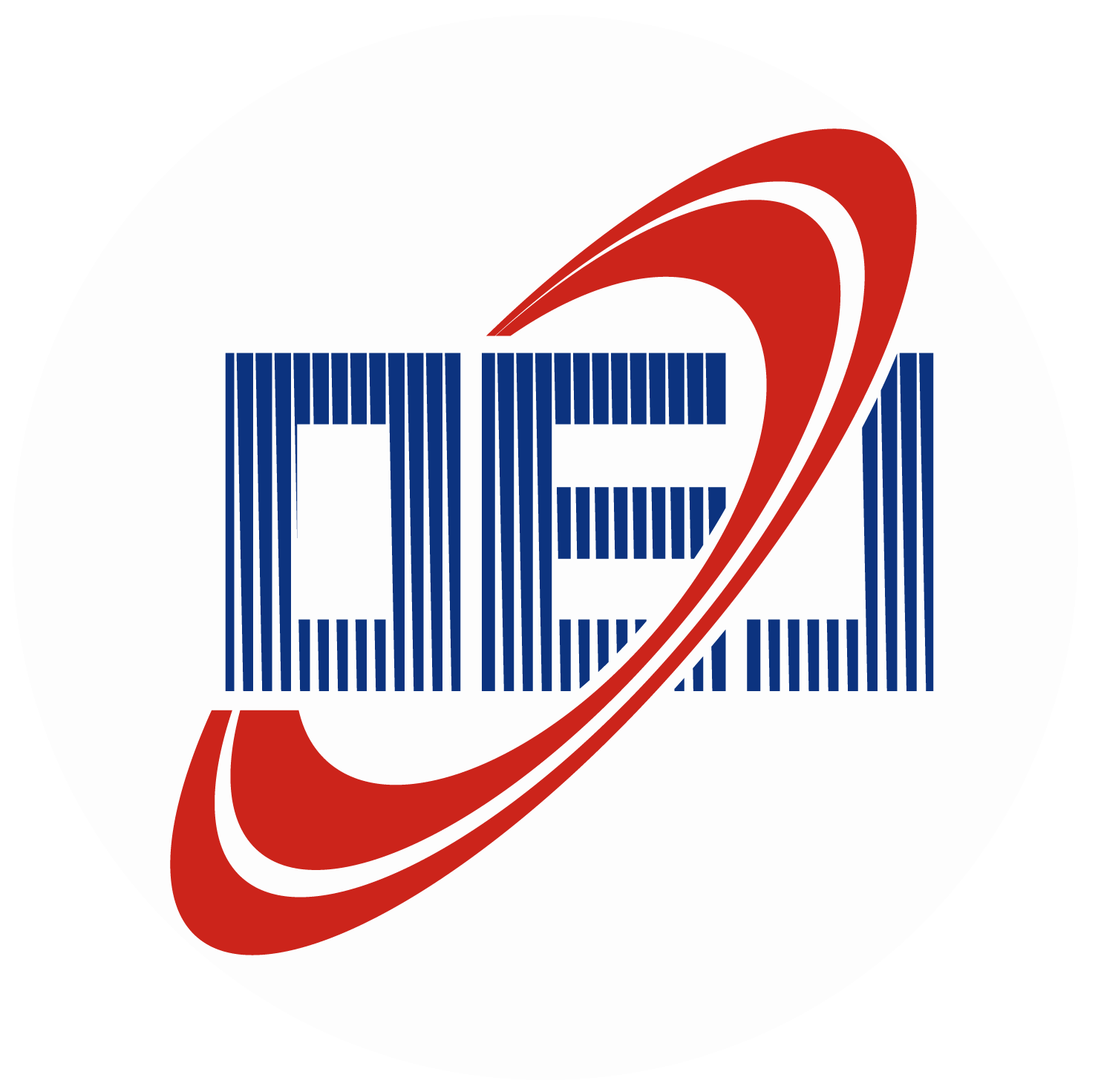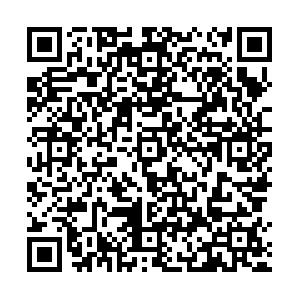Abstract:
Tomato is one of the important cash crops in China. To address the issue of low detection accuracy for tomato leaf diseases involving multi-category, small-target, and varying environmental conditions, this study proposes the ADD-YOLOv10n object detection model. First, the backbone network of YOLOv10n was improved by integrating AKConv (alterable kernel convolution) to replace the second-layer Conv, breaking the limitations of traditional convolutions that rely on fixed windows and sampling shapes. A DAttention (deformable attention) mechanism was added at the end of the backbone network, incorporating deformable attention and dynamic sampling points to dynamically select and focus on areas where tomato leaf diseases are concentrated. Finally, the nearest-neighbor upsampling operator was optimized to the DySample operator, which does not introduce significant additional computational overhead or parameters, thereby reducing computational complexity. Comparative experiments show that the ADD-YOLOv10n model achieves a mean average precision (mAP) of 71.8%, which is 2.4% higher than the original YOLOv10n model. The precision (
P), recall (
R), and F1-score reach 71.9%, 68.3%, and 70.1%, respectively, surpassing the original YOLOv10n model by 2.4%, 4.4%, and 3.5%. Additionally, the number of parameters, model size, and computational complexity are all reduced. The improved ADD-YOLOv10n model can better meet the demands of real-time, accurate detection of tomato leaf diseases in practical agricultural production. It also provides technical support for subsequent automated agricultural operations such as intelligent irrigation and disease remediation.


 E-mail Alert
E-mail Alert RSS
RSS


